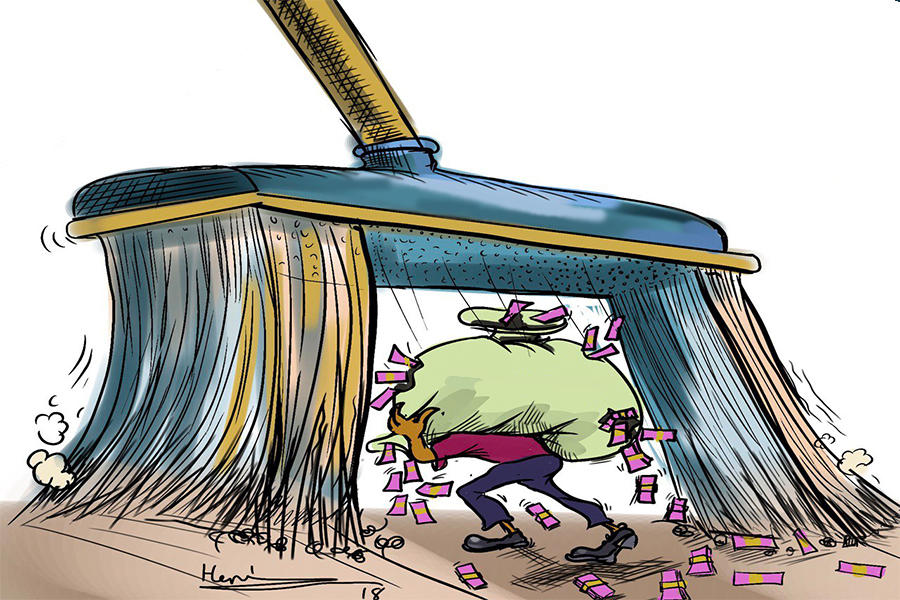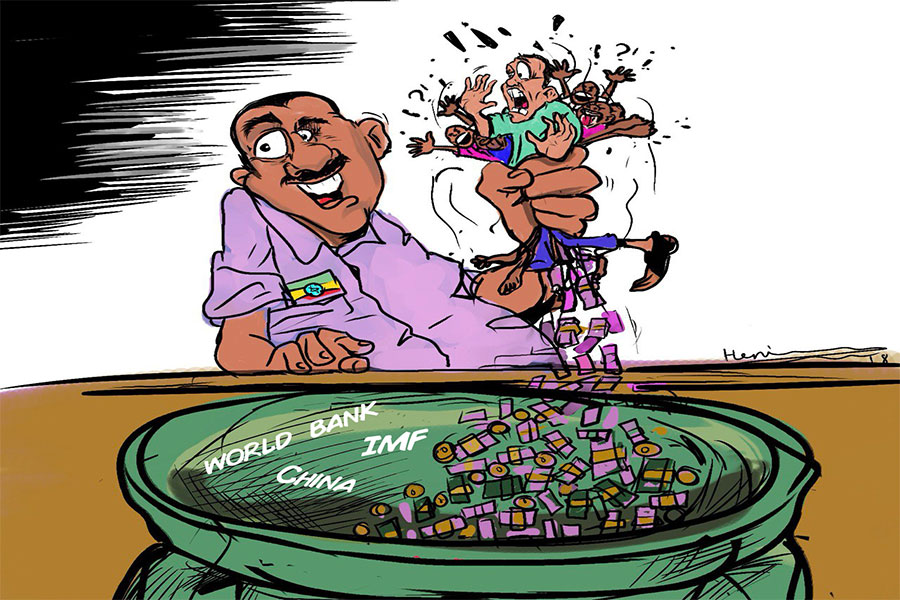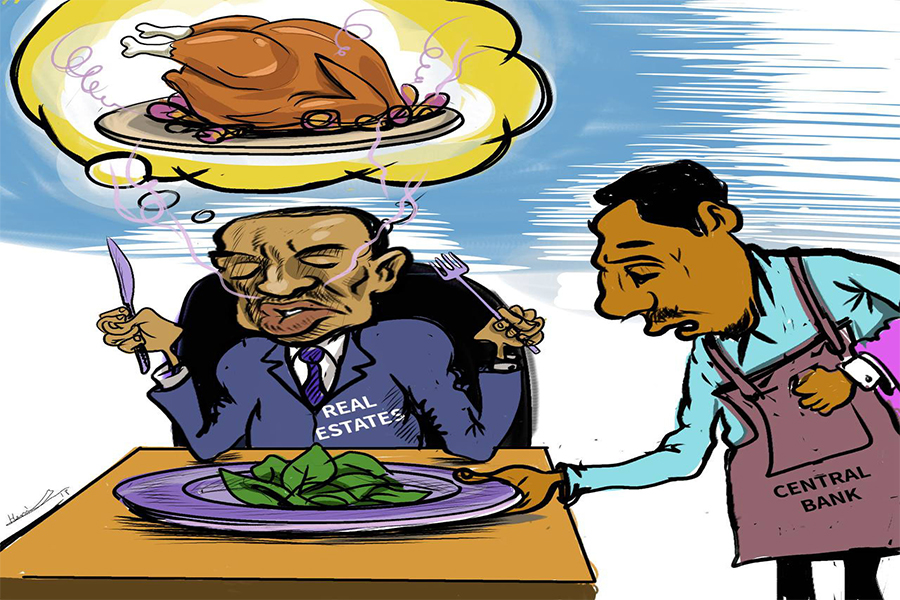Traditional coffee vendors in Mesalemia neighbourhoods embody a dilemma now playing out across the capital. Within a week, bean costs soared by 100 Br from 650 Br, forcing them to charge 25 Br a cup, an unwelcome hike for consumers. Daily sales have dwindled from three litres of coffee to two for some vendors, leaving stalls a shadow of their former self. The once-steady business of selling coffee is becoming increasingly unsustainable. The crisis resounds through Addis Abeba’s sprawling markets, most notably Mercato, where coffee prices have shot up by as much as 20pc in a week. Low-grade coffee that recently cost 125 Br a kilo has now rocketed to 230 Br, while higher-grade beans have climbed to 1,100 Br, a 57pc jump in three months. Vendors across the city say curious customers still approach them but rarely buy in the quantities of old. Ethiopia's large portion of coffee, which has an annual per capita consumption of 2.3Kg, is consumed domestically, a factor that makes this surge especially wrenching for household budgets.
Tomoca Coffee, a near-legendary brand founded in 1953, is experiencing its price battle. The cost for 17Kg of coffee jumped from 3,000 Br to 11,000 Br within months, yet Tomoca has stood firm on its 95 Br cup price, despite absorbing a considerable financial hit. It has instead raised the price of its roasted and ground coffee by 20pc, now 2,560 Br a kilo, and turned to diversification, offering honey, black seed oil, leather goods, and more, to fortify its bottom line. Rising costs for fuel, shop rents, and wages for a workforce of over 2,500 people complicate any hope of breaking even on coffee alone.
Local bean supplies often pass through the Ethiopian Commodity Exchange (ECX). A recent policy change by the Addis Abeba Revenues Bureau has also played a part, replacing bulk reporting with a detailed, market-based Value Added Tax (VAT) system. The Bureau has already collected 113 billion Br of its 230 billion Br target, emboldened by the power to impose VAT on market-derived prices when discrepancies arise in reported sales. Businesses worry that such regulatory pressure, combined with already steep costs, leaves them little flexibility.
Many officials see the shortage as partly seasonal, with February and March heralding a supply gap between old and new harvests. They also point to diminishing contraband and lucrative export markets that draw top-quality beans away from local stalls. Ethiopia, which produced 833,000tns of coffee last year, plans to export nearly half a million tonnes this year and has already shipped 223 million tonnes in seven months, raking in over a billion dollars. A new digital tracking system is punishing companies found withholding stock or veering from warehouses, tightening the supply for domestic buyers. Farm-level realities pile on. Some regions face unexpected rainfall or labour shortages that halve production, while union-led export drives prioritise profit abroad, leaving local markets with higher price tags. Experts urge policymakers to ensure a stable domestic supply, warning that vendors with neither the capital nor the bargaining power to steer these global shifts could be priced out of the beloved coffee tradition altogether.
PUBLISHED ON
Mar 16, 2025 [ VOL
25 , NO
1298]

Dec 22 , 2024 . By TIZITA SHEWAFERAW
Charged with transforming colossal state-owned enterprises into modern and competitiv...

Aug 18 , 2024 . By AKSAH ITALO
Although predictable Yonas Zerihun's job in the ride-hailing service is not immune to...

Jul 28 , 2024 . By TIZITA SHEWAFERAW
Unhabitual, perhaps too many, Samuel Gebreyohannes, 38, used to occasionally enjoy a couple of beers at breakfast. However, he recently swit...

Jul 13 , 2024 . By AKSAH ITALO
Investors who rely on tractors, trucks, and field vehicles for commuting, transporting commodities, and f...

Oct 25 , 2025
The regulatory machinery is on overdrive. In only two years, no fewer than 35 new pro...

Oct 18 , 2025
The political establishment, notably the ruling party and its top brass, has become p...

Oct 11 , 2025
Ladislas Farago, a roving Associated Press (AP) correspondent, arrived in Ethiopia in...

Oct 4 , 2025
Eyob Tekalegn (PhD) had been in the Governor's chair for only weeks when, on Septembe...